Learn a new approach to accelerating corporate innovation and entrepreneurship in this two-day program at MIT.
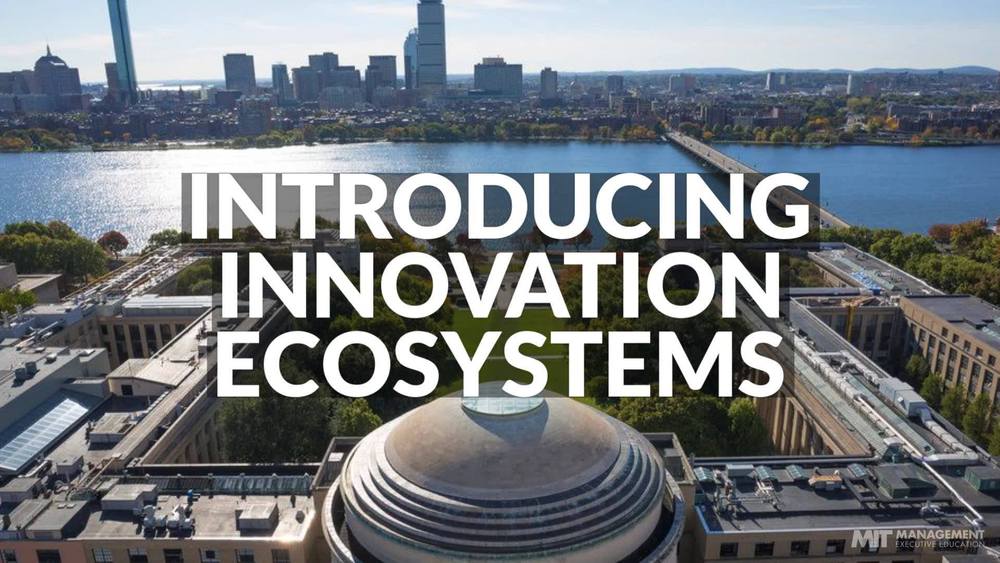

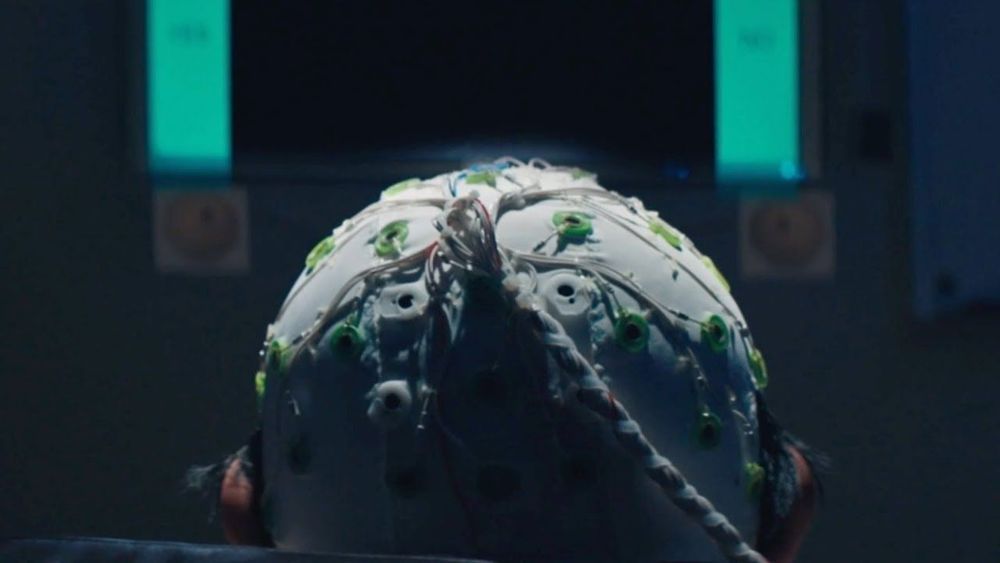
will be premiering at Tribeca Film Festival in New York.
For the past two years, I have been involved with a documentary on the future of the brain. As announced today in Wired, I’m excited to share that the film, I AM HUMAN, will be premiering at Tribeca Film Festival today in New York! Here is a sneak peek.
The movie follows three people – a woman with Parkinson’s, a quadraplegic, and a blind man – and their journeys with implantable brain interfaces. The film is inspiring, invites fresh reflection on this unique historical moment, and promises to kickstart an important dialogue around our shared future.
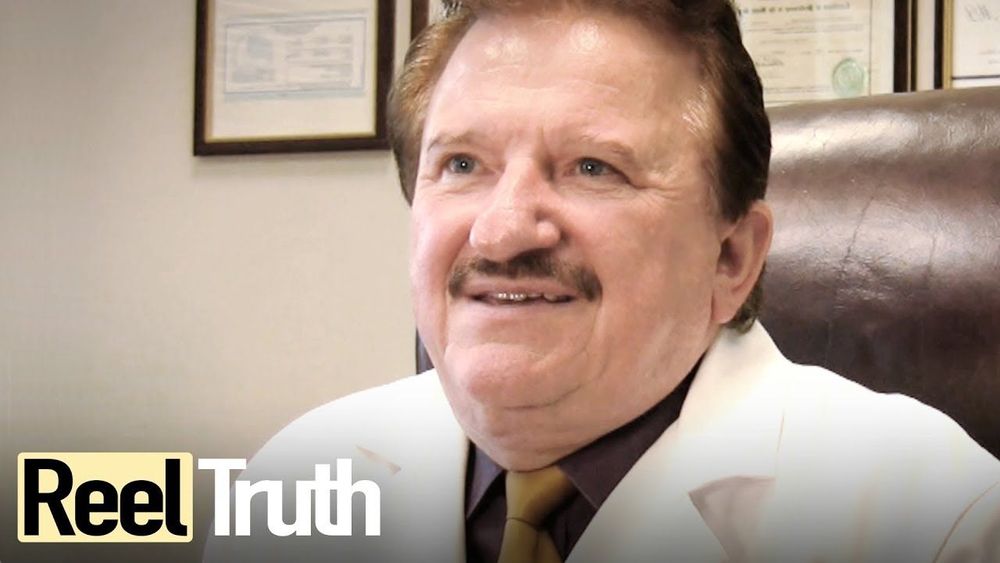
https://www.youtube.com/watch?v=Lvvh1PErwYc
A documentary by Eric Merola
Burzynski: The Cancer Cure Cover-up is the story of a pioneering biochemist who discovered a unique and proprietary method of successfully treating most cancers. This documentary takes the audience on a near 50-year journey both Dr. Burzynski and his patients have been enduring in order to obtain FDA-approved clinical trials of Antineoplastons. Defying the face of skepticism, legal attacks from state and federal agencies, and a powerful propaganda campaign to stop Burzynski – this doctor and his patients are still going strong.
Due to the continued failed efforts of state and federal agencies in their attempts to stop Burzynski from continuing to treat patients and expand his research, special interest groups have since launched a relentless propaganda campaign against Dr. Burzynski, and his supporters and patients, in hopes that this game-changing innovation never reach the open market.
The primary reason that the cancer industry and its regulatory agencies fear the approval of Antineoplastons is purely economical.
If Antineoplastons were FDA-approved for just one cancer type this would mean that anyone of any age diagnosed with any type of cancer could legally insist their oncologist provide them with Antineoplastons “off-label”. Given the gentle and nontoxic nature of these medications, most people would begin to opt for Antineoplastons as a first line of defence against their cancer instead of first choosing life-threatening yet profitable chemotherapy and radiation.
Burzynski: The Cancer Cure Cover-up investigates this hidden cancer treatment and the decades of failed lawsuits the US government and FDA have pursued in order to try to silence him.

The multiplication of integers is a problem that has kept mathematicians busy since Antiquity. The “Babylonian” method we learn at school requires us to multiply each digit of the first number by each digit of the second one. But when both numbers have a billion digits each, that means a billion times a billion or 1018 operations.
At a rate of a billion operations per second, it would take a computer a little over 30 years to finish the job. In 1971, the mathematicians Schönhage and Strassen discovered a quicker way, cutting calculation time down to about 30 seconds on a modern laptop. In their article, they also predicted that another algorithm—yet to be found—could do an even faster job. Joris van der Hoeven, a CNRS researcher from the École Polytechnique Computer Science Laboratory LIX, and David Harvey from the University of New South Wales (Australia) have found that algorithm.
They present their work in a new article that is available to the scientific community through the online HAL archive. But one problem raised by Schönhage et Strassen remains to be solved: proving that no quicker method exists. This poses a new challenge for theoretical computer science.
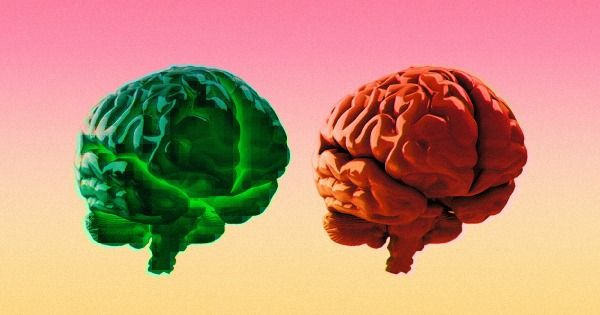
AI Overlords
Musk has repeatedly warned of evil AI overlords in the past, saying that AI could become “an immortal dictator from which we could never escape” in a 2018 documentary called “Do You Trust This Computer?”
Most of what Neuralink is working on, including any plans for a brain computer interface, are still tightly under wraps. In one tantalizing clue, Bloomberg recently reported on a still unpublished academic paper by five authors who have been employed by or associated with Neuralink — though it’s unclear whether Musk’s tweet referred to their work.
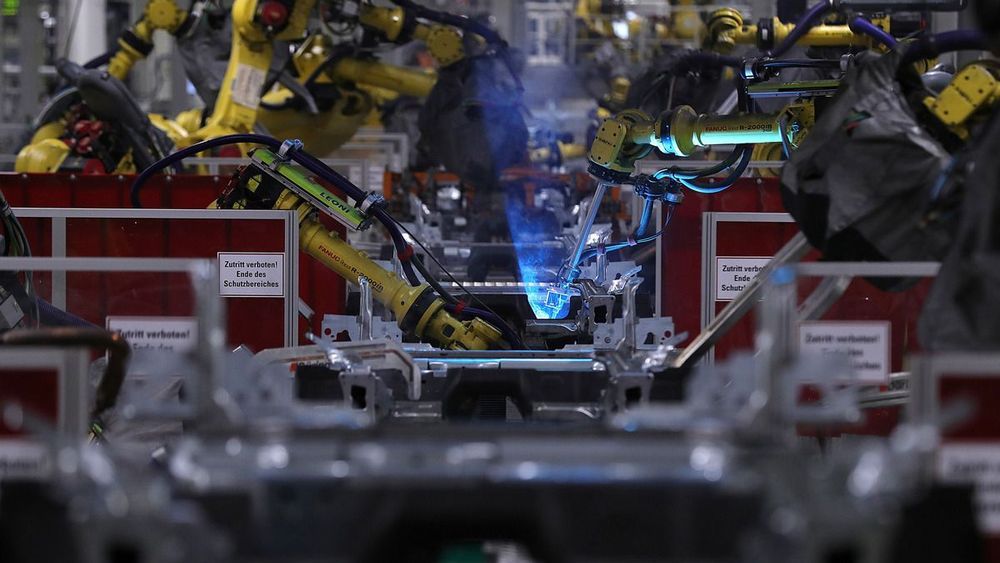
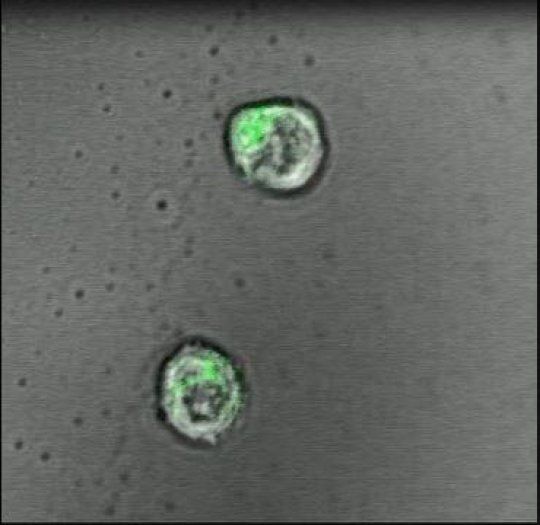
In a proof-of-principle study in mice, scientists at Johns Hopkins Medicine report the creation of a specialized gel that acts like a lymph node to successfully activate and multiply cancer-fighting immune system T-cells. The work puts scientists a step closer, they say, to injecting such artificial lymph nodes into people and sparking T-cells to fight disease.
In the past few years, a wave of discoveries has advanced new techniques to use T-cells – a type of white blood cell – in cancer treatment. To be successful, the cells must be primed, or taught, to spot and react to molecular flags that dot the surfaces of cancer cells. The job of educating T-cells this way typically happens in lymph nodes, small, bean-shaped glands found all over the body that house T-cells. But in patients with cancer and immune system disorders, that learning process is faulty, or doesn’t happen.
To address such defects, current T-cell booster therapy requires physicians to remove T-cells from the blood of a patient with cancer and inject the cells back into the patient after either genetically engineering or activating the cells in a laboratory so they recognize cancer-linked molecular flags.
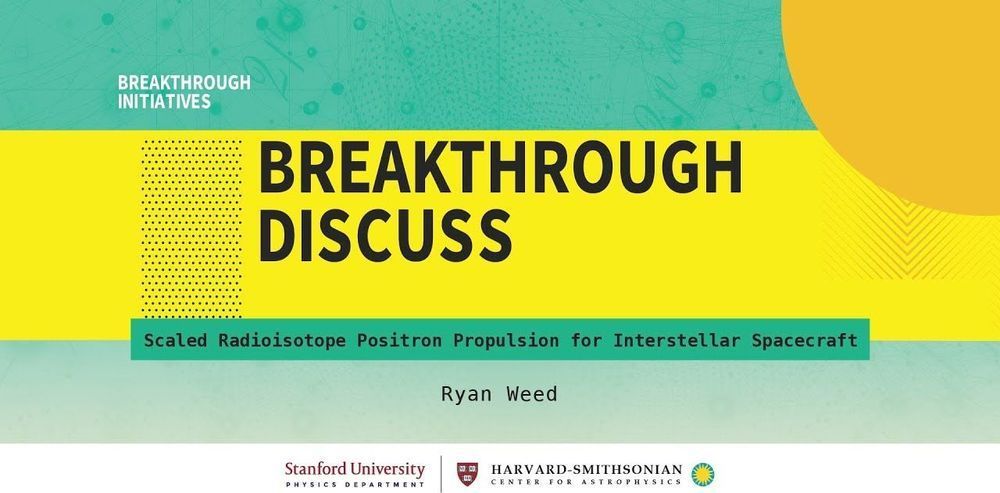
Ryan Weed updates the work at Positron Dynamics at Space Access 2019. Positron Dynamics has completed the NASA NIAC study. They are applying for some Small Business Innovation Research (SBIR) grants.
Positron Dynamics will use Krypton isotopes to generate positrons. They would breed more Krypton isotopes. They sidestep the issue of antimatter storage. It would take 10 school buses of volume at the Brillouin limit to trap 1 microgram.
They are slowing the positrons that are generated. Krypton 79 isotope to generate hot positrons. Use their system to moderate the positrons so they can be used.
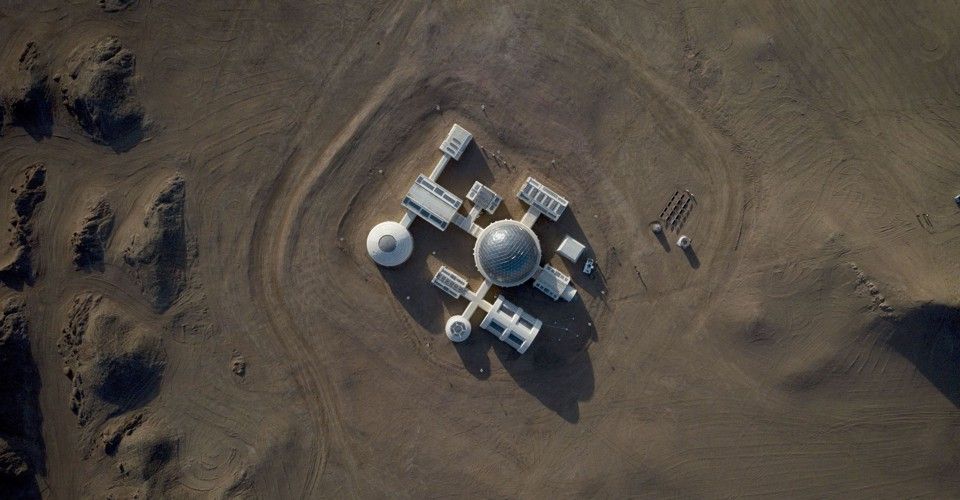
In the desert hills of China’s Gansu province, a company called C-Space has just opened “Mars Base 1,” a simulated Martian base of operations for future astronauts. Plans for the base, currently an educational facility, include expansion—becoming more of a tourist destination soon, adding a space-themed hotel and restaurant. Photographers were on hand as some of the first student groups arrived to tour this vision of Mars in the China’s Gobi desert.

Imagine a future technology that would provide instant access to the world’s knowledge and artificial intelligence, simply by thinking about a specific topic or question. Communications, education, work, and the world as we know it would be transformed.
Writing in Frontiers in Neuroscience, an international collaboration led by researchers at UC Berkeley and the US Institute for Molecular Manufacturing predicts that exponential progress in nanotechnology, nanomedicine, AI, and computation will lead this century to the development of a “Human Brain/Cloud Interface” (B/CI), that connects brain cells to vast cloud-computing networks in real time.